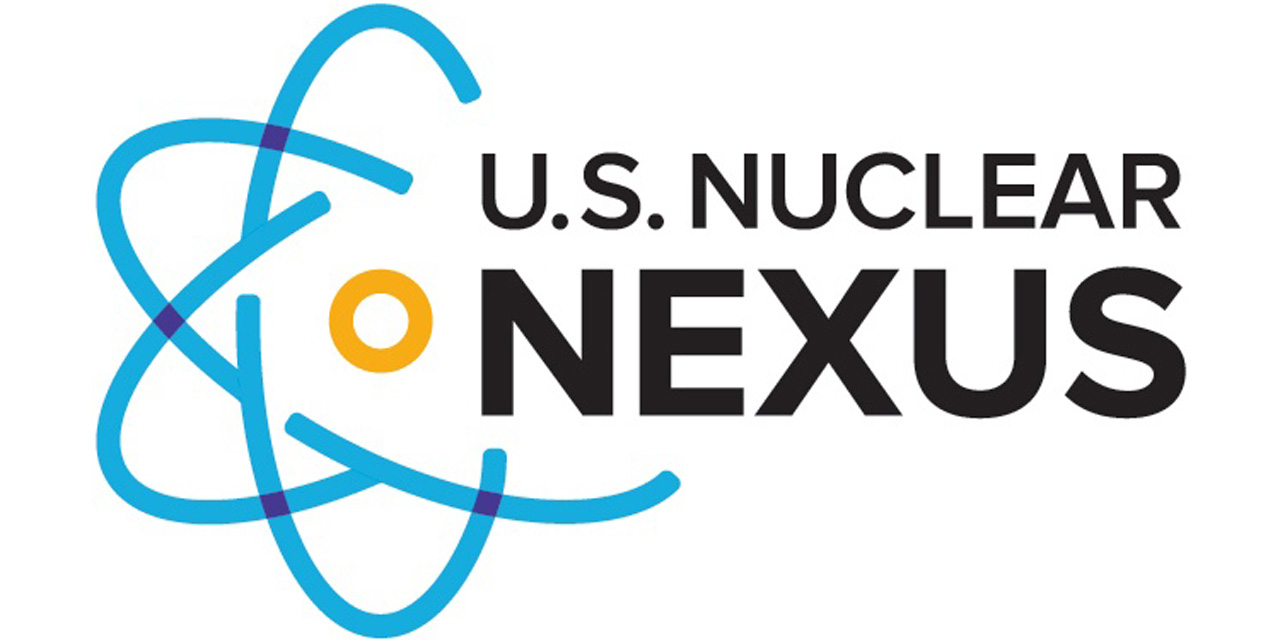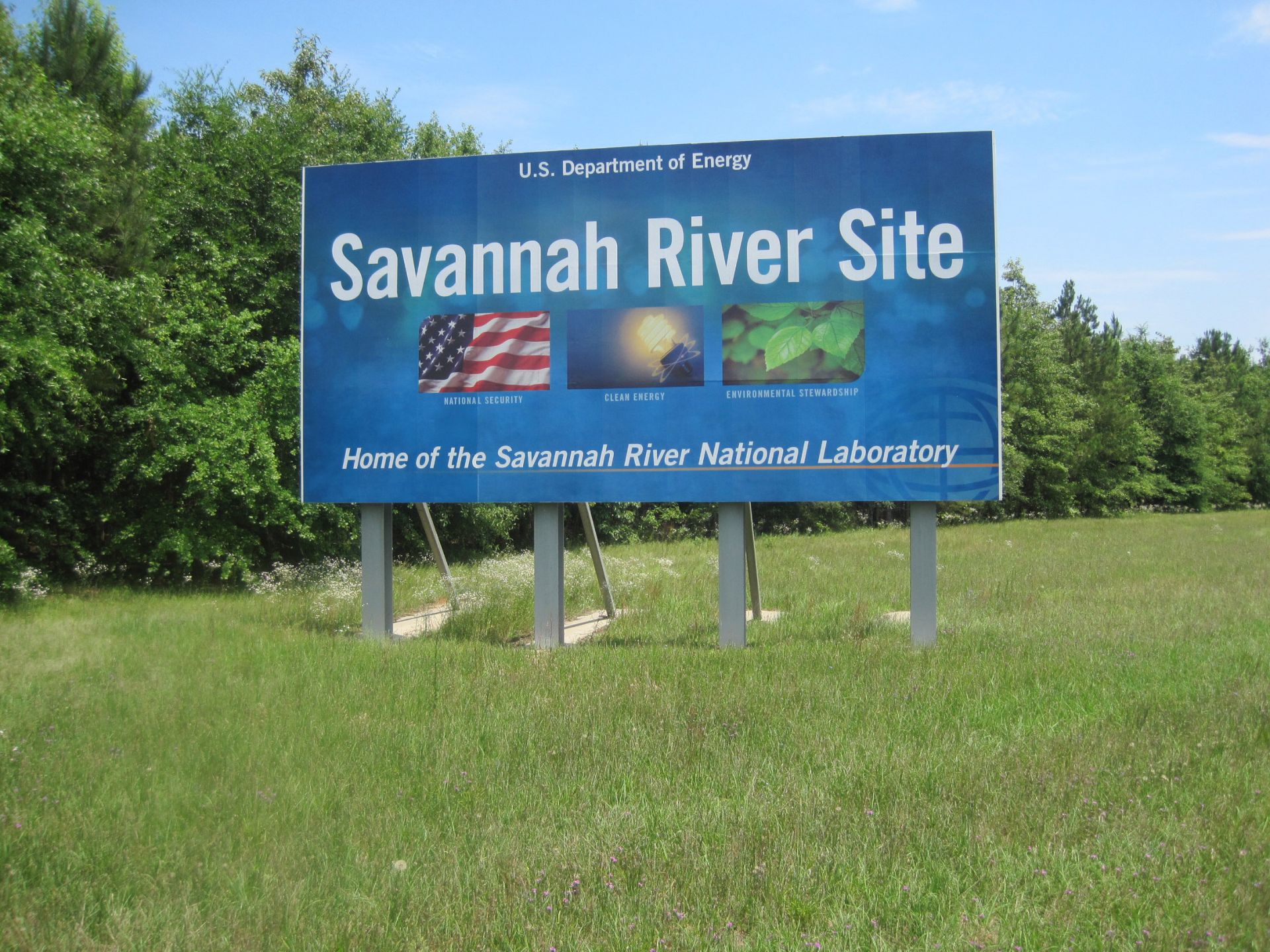U.S. Nuclear Nexus created to guide exporters of advanced nuclear technology

Companies, universities, and national laboratories across the United States are working together to develop and demonstrate advanced nuclear technologies. To deploy those technologies on a global scale and maximize U.S. efforts to combat climate change, technology developers eyeing the export market must navigate rules and recommendations designed to ensure that international safeguards, security, and nonproliferation standards are met. Understanding and, where appropriate, integrating these standards early in the development process is crucial for streamlining export and technology deployment.




